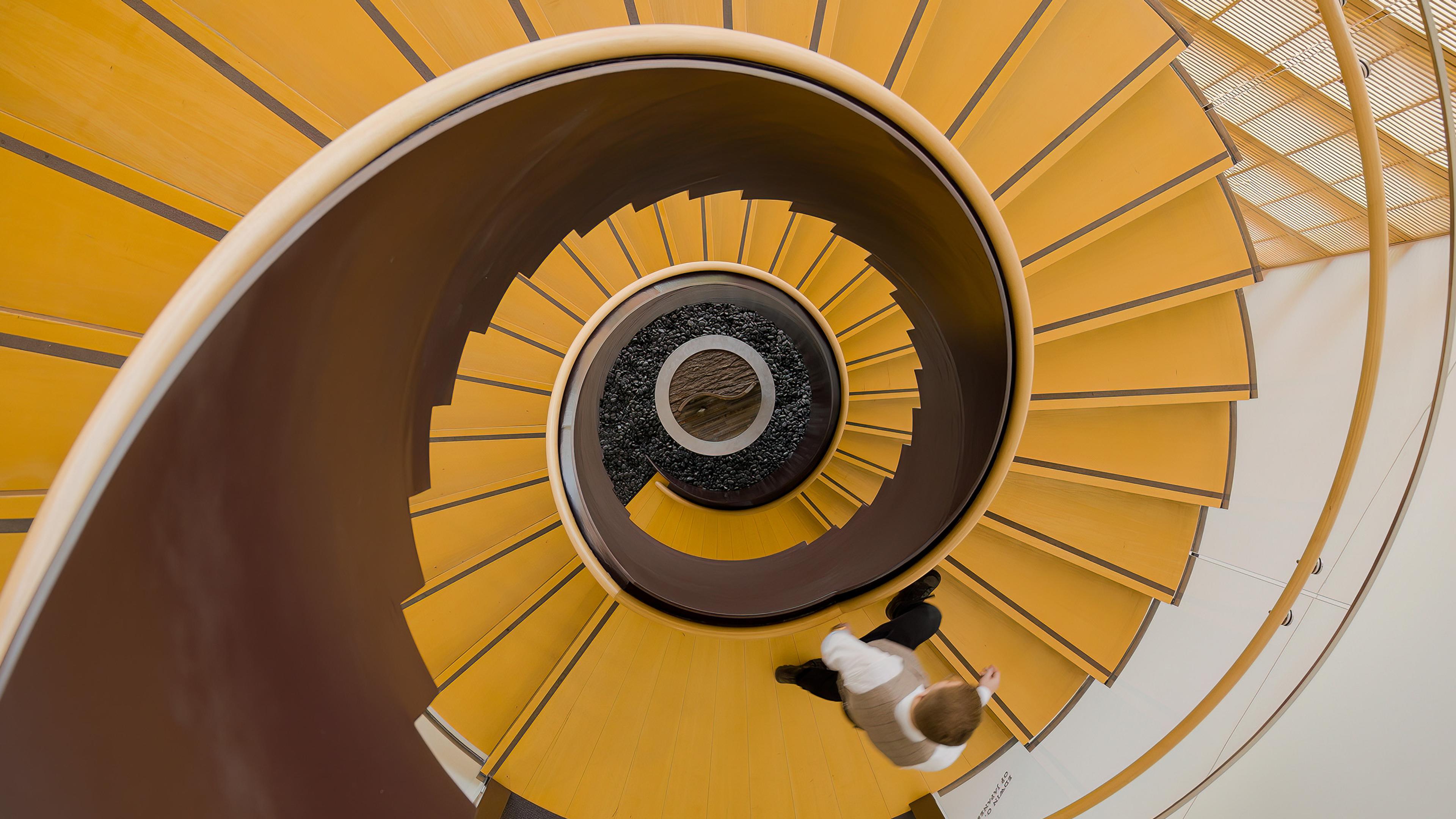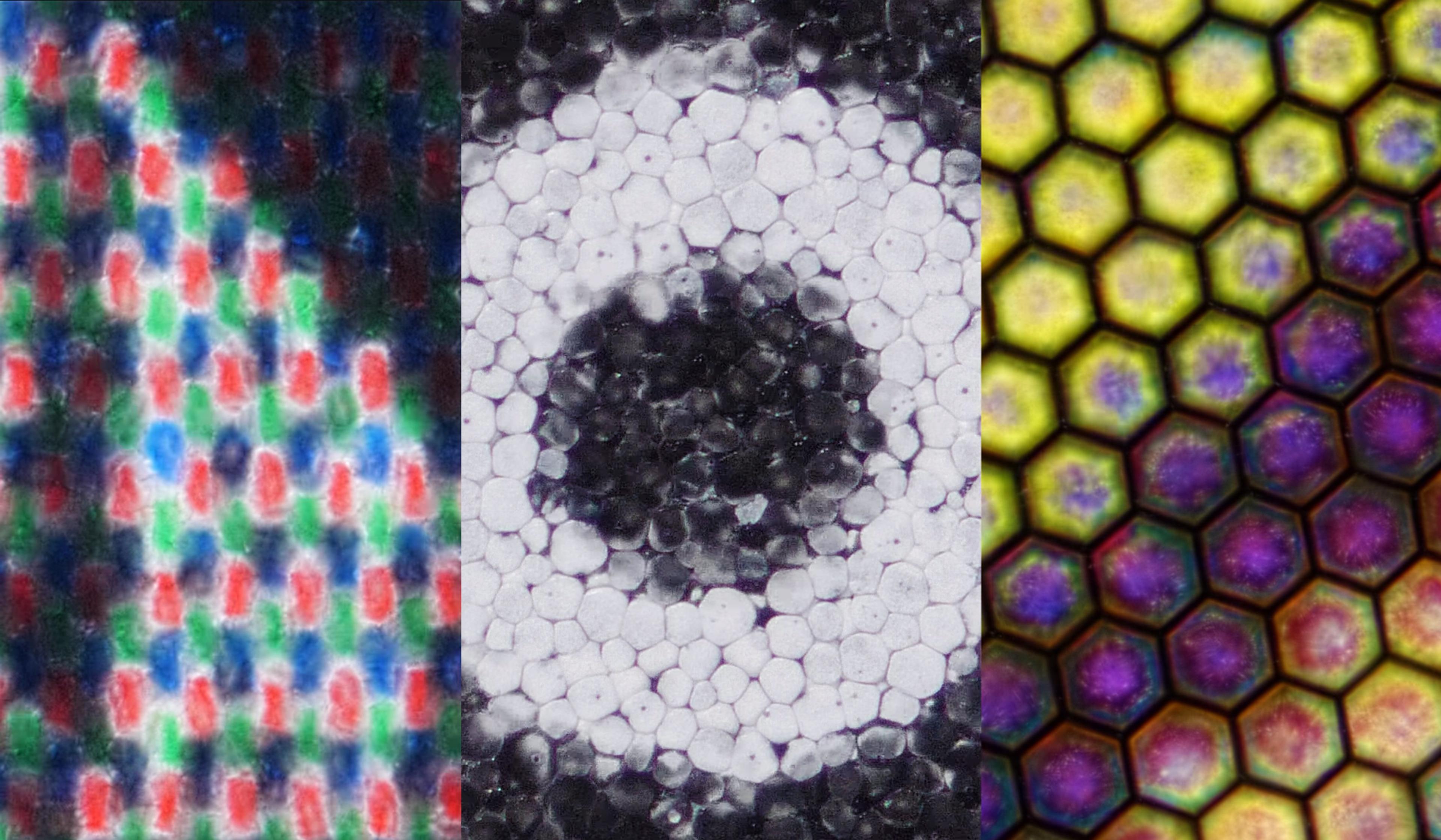Aeon Video has a monthly newsletter!
Get curated editors’ picks, peeks behind the scenes, film recommendations and more.
There’s no one way for an insect to fly, but they’re all amazing in close up and slo-mo
The US research biologist Adrian Smith uses powerful cameras to study – and delight in – how small winged creatures go from grounded to airborne in the blink of an eye. In this video, Smith walks viewers through slow-motion footage of 11 of the most fascinating moths and beetles he’s captured taking flight at the Evolutionary Biology and Behavior Research Lab at the North Carolina Museum of Natural Sciences, which he heads. Highlights include a trio of bioluminescent glow-worm beetles taking off in synchrony, and a waved sphinx moth launching from the tip of Smith’s finger. Combined, these clips form an awe-inspiring peek into the varying strategies insects use for moving into, and through, the air. For more lush visual investigations of insect-flight physics from Smith, watch Moths in Slow Motion and Insects Take Flight.
Video by Ant Lab

video
Animals and humans
Why be dragons? How massive, reptilian beasts entered our collective imagination
58 minutes

video
Biology
How the world’s richest reds are derived from an innocuous Mexican insect
5 minutes

video
Physics
The abyss at the edge of human understanding – a voyage into a black hole
4 minutes

video
Chemistry
Why do the building blocks of life possess a mysterious symmetry?
12 minutes

video
Cosmology
Tiny, entangled universes that form or fizzle out – a theory of the quantum multiverse
11 minutes

video
Astronomy
The history of astronomy is a history of conjuring intelligent life where it isn’t
34 minutes

video
Metaphysics
Simple entities in universal harmony – Leibniz’s evocative perspective on reality
4 minutes

video
Biography and memoir
Passed over as the first Black astronaut, Ed Dwight carved out an impressive second act
13 minutes

video
Engineering
A close-up look at electronic paper reveals its exquisite patterns – and limitations
9 minutes